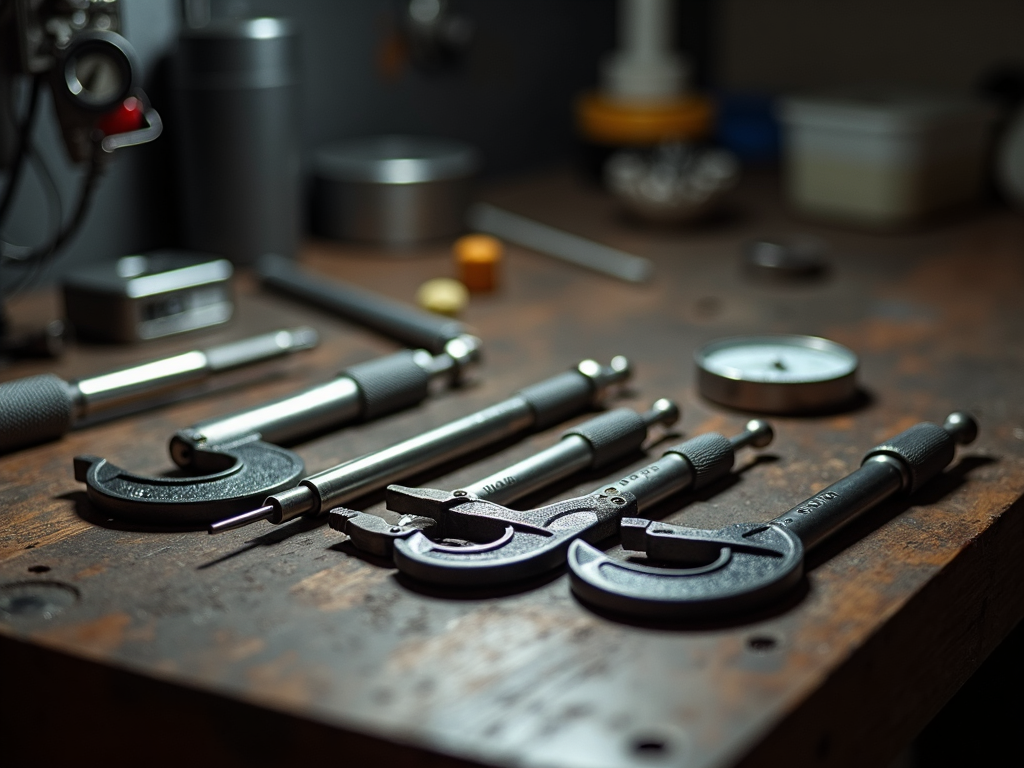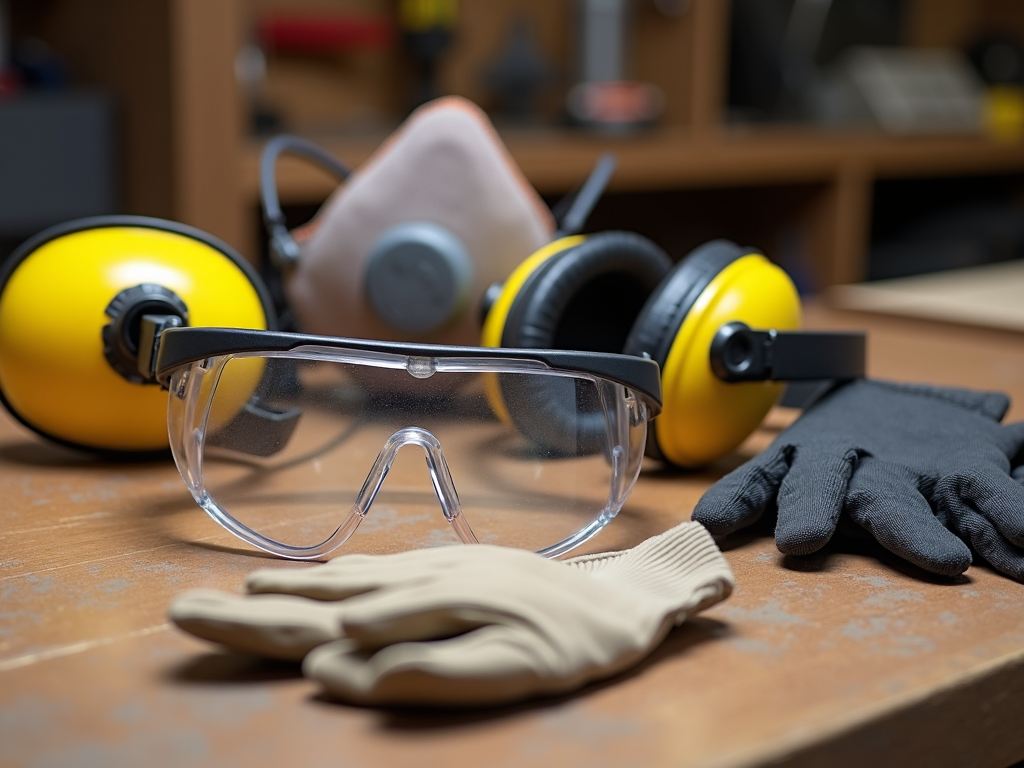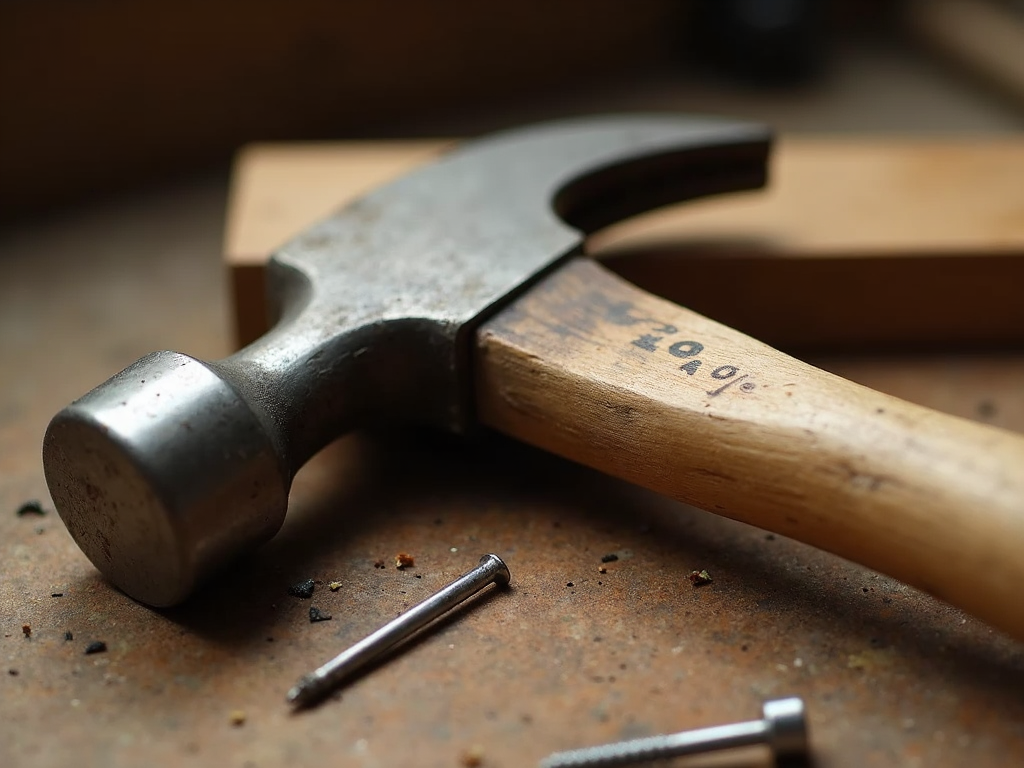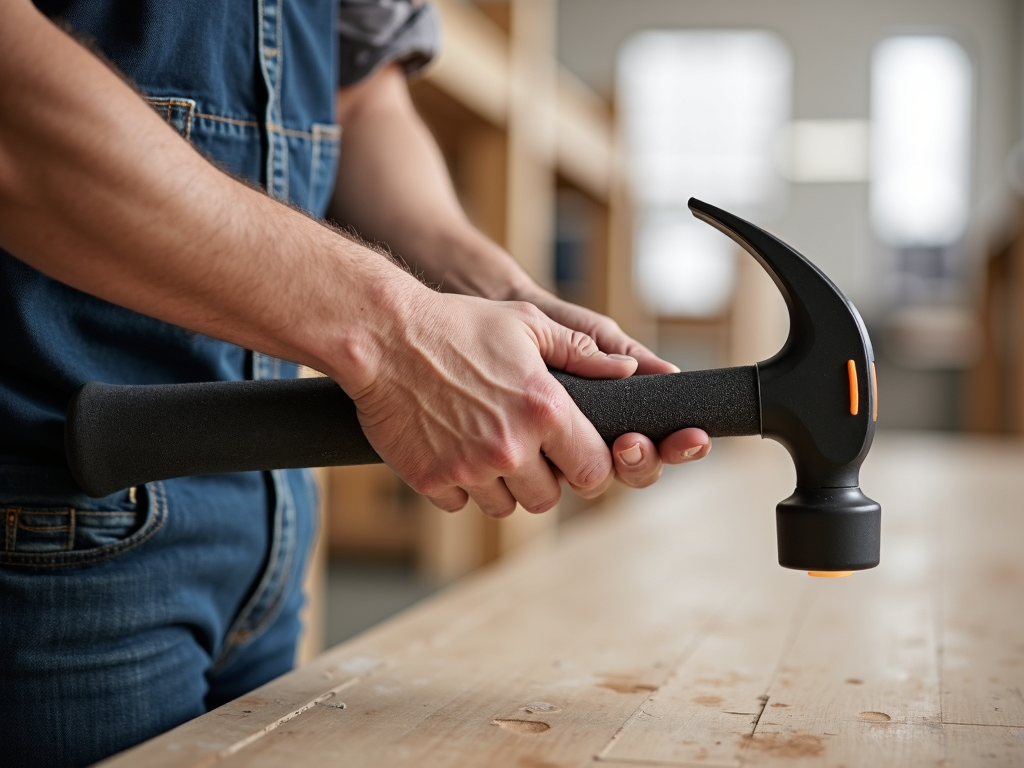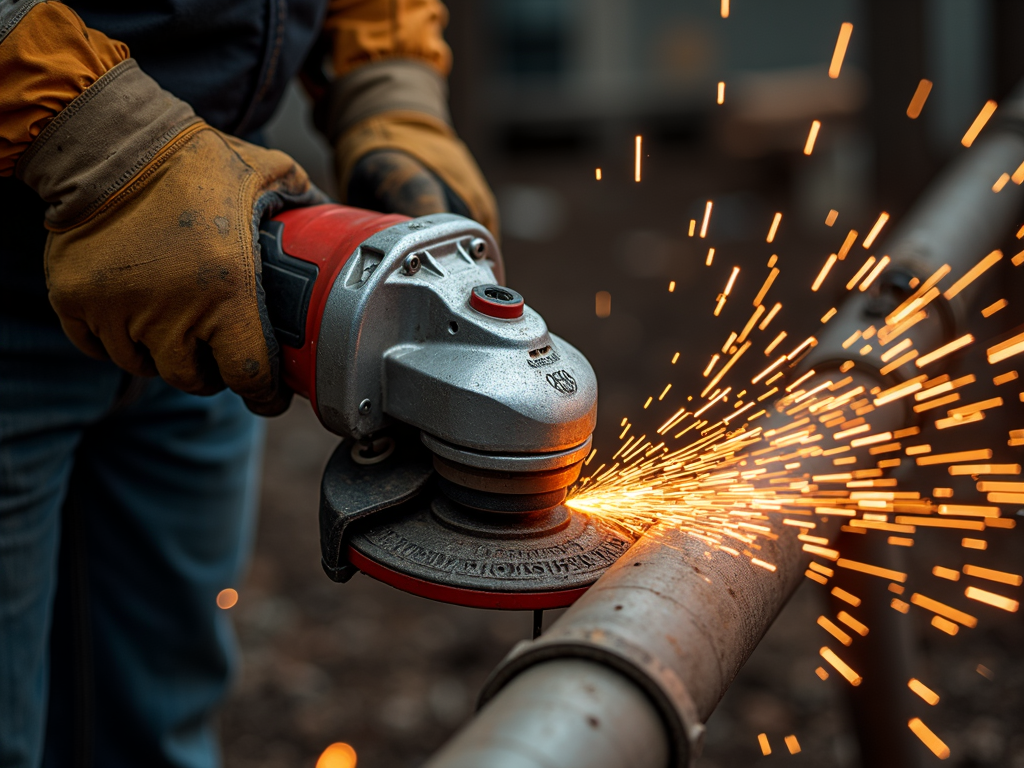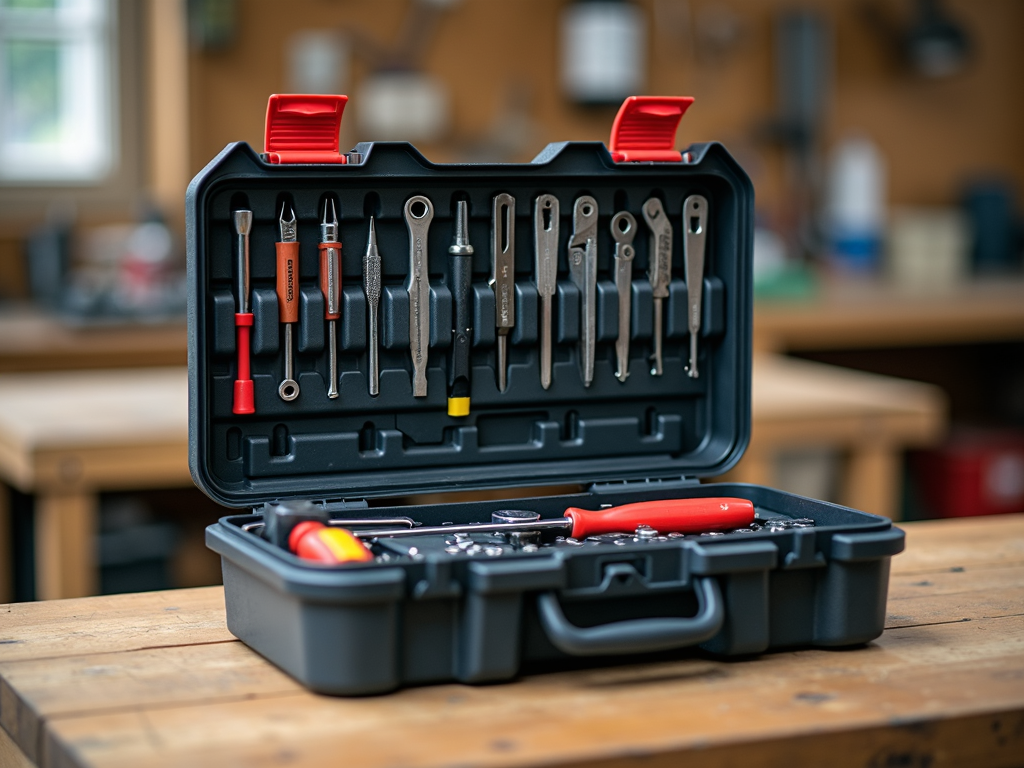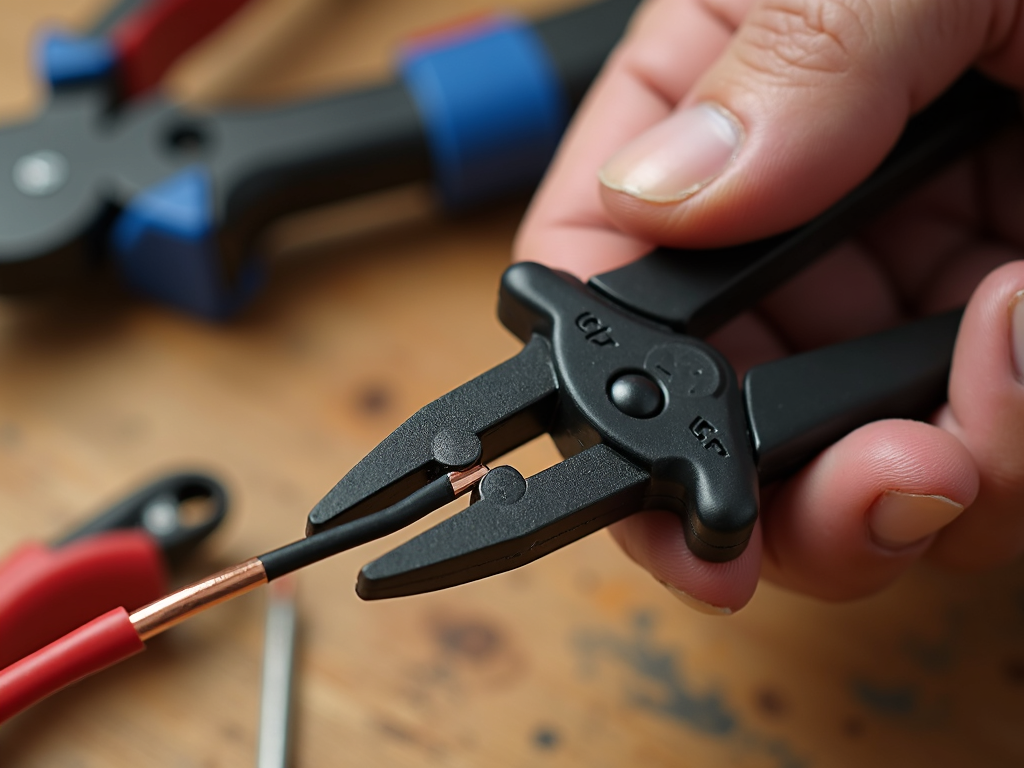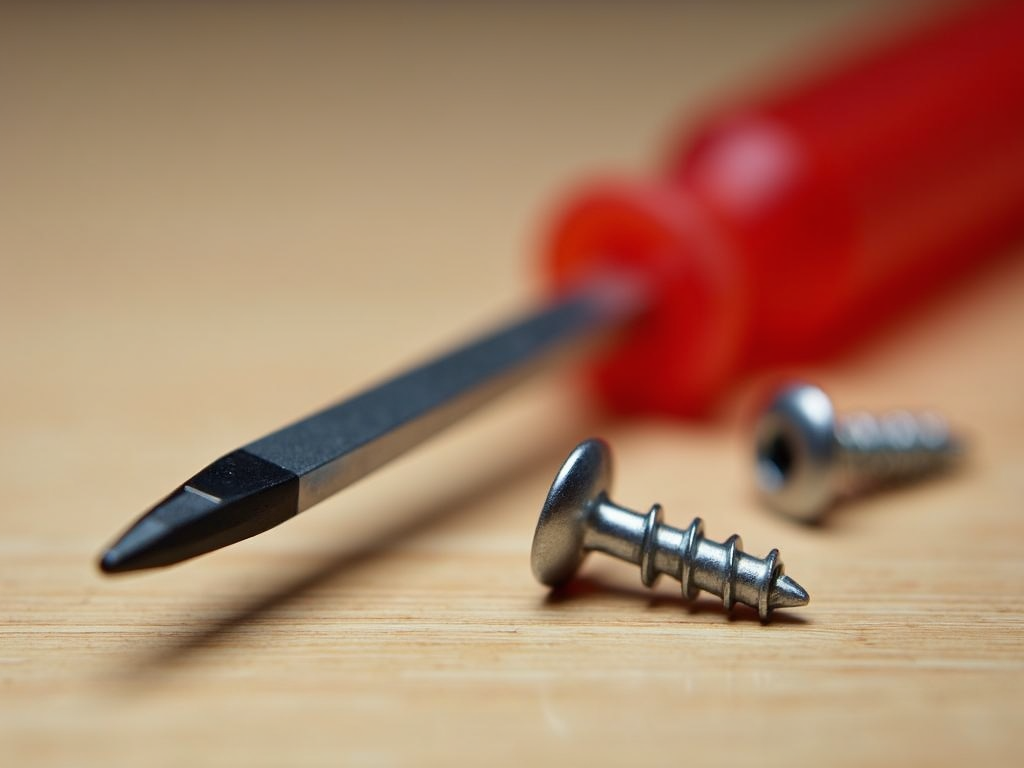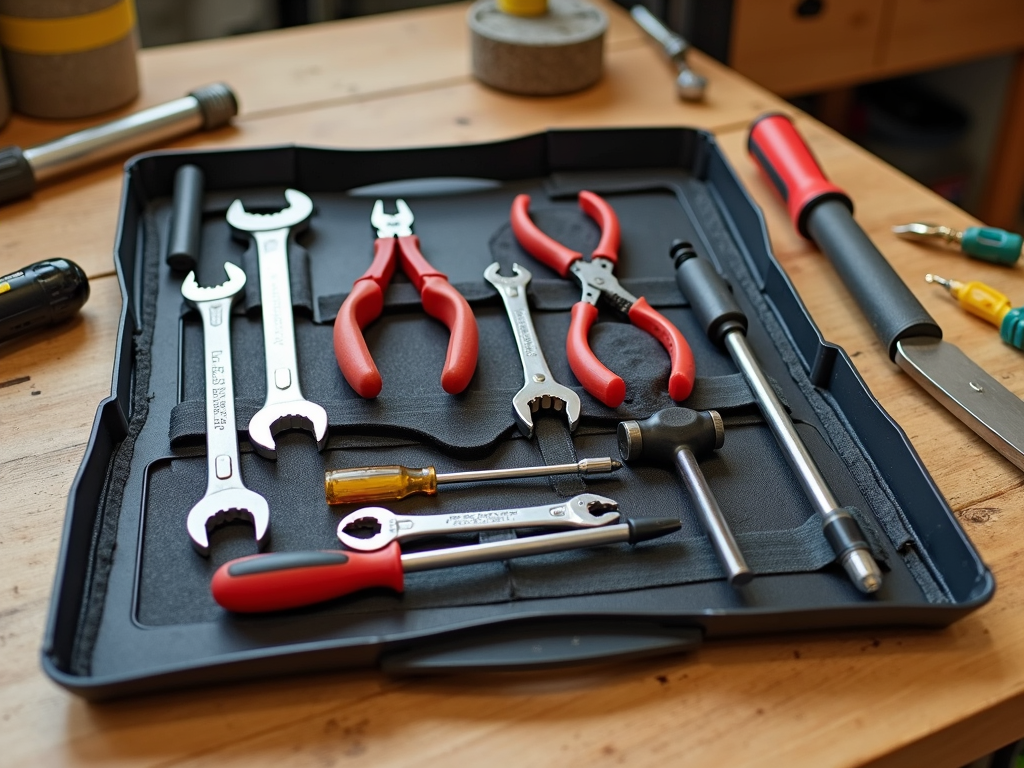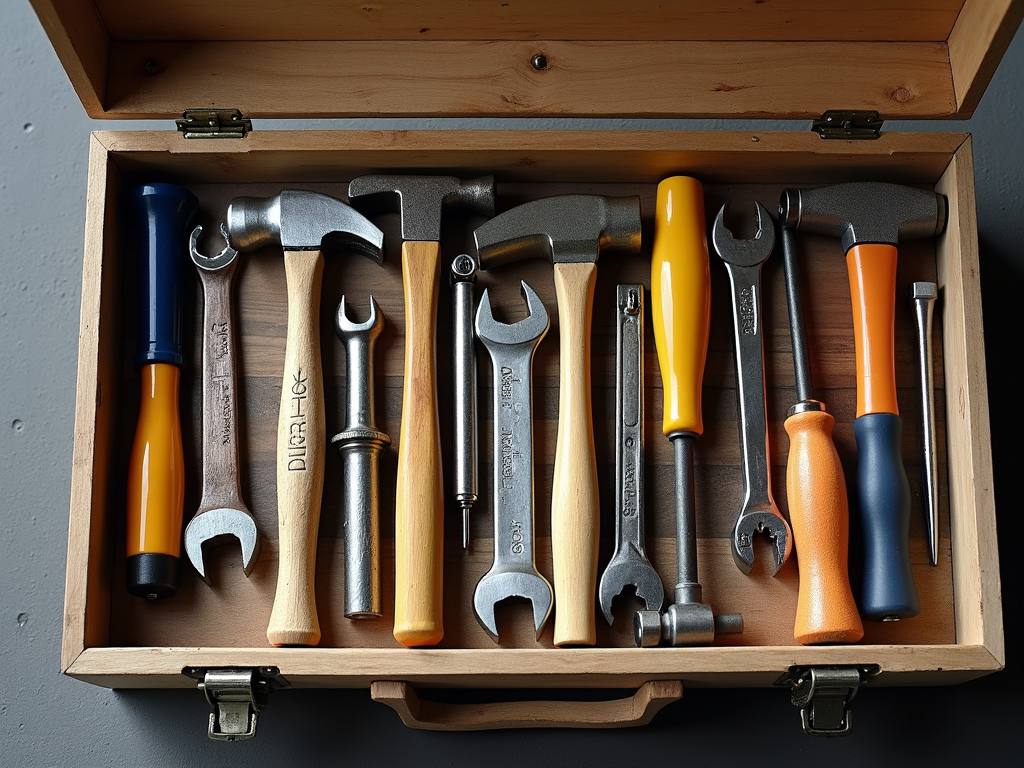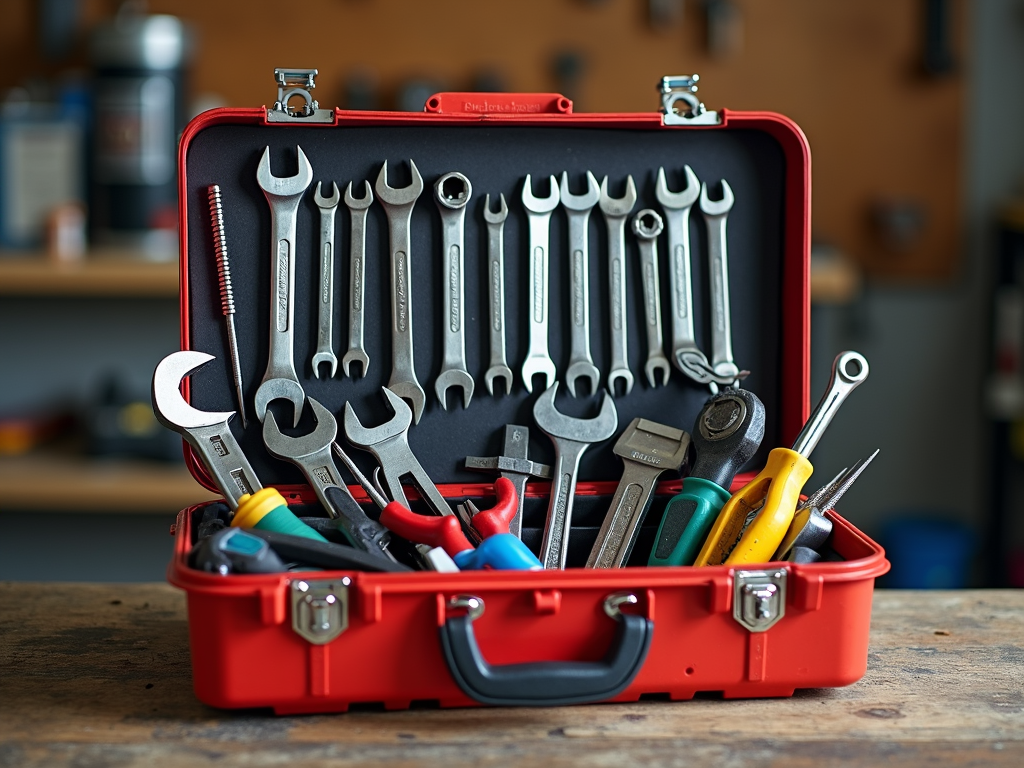Workbenches have been a cornerstone of craftsmanship for centuries. From the humble beginnings of simple wooden platforms to the sophisticated, multi-functional designs of today, workbenches have evolved to meet the ever-changing needs of artisans, hobbyists, and professionals. This article delves into the history, types, and future of workbenches, offering insights into their importance and the essential tools that complement them.
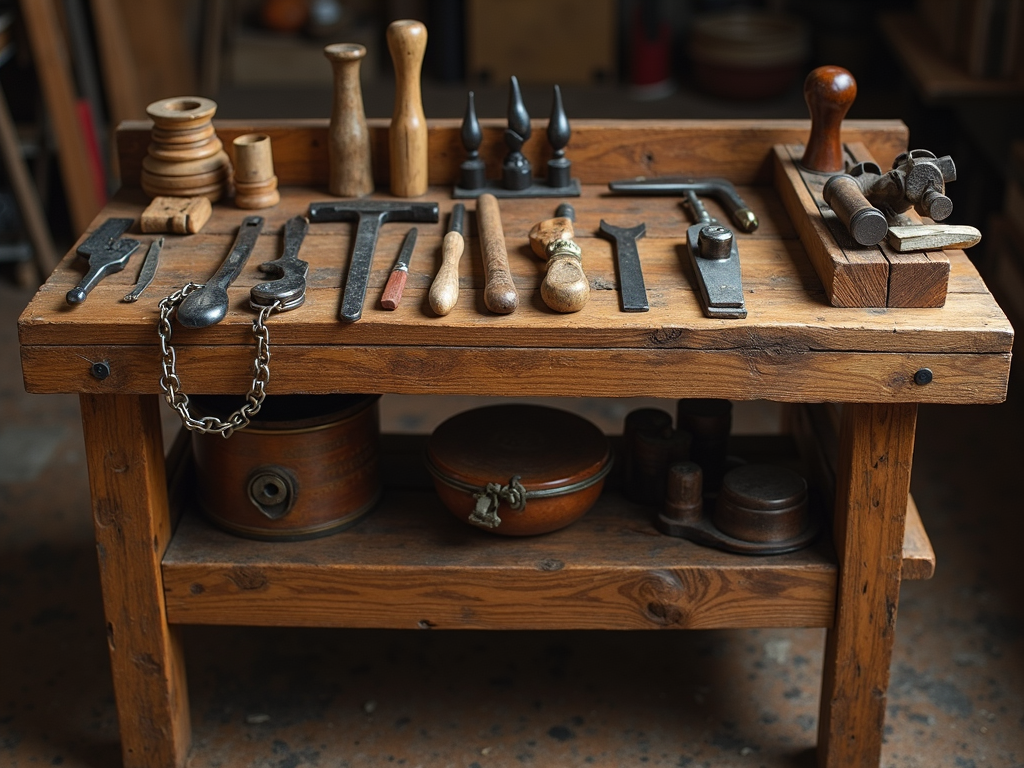
A Brief History of Workbenches
The story of workbenches begins in ancient times when early craftsmen used basic wooden benches to support their work. These early benches were simple, often just a flat surface supported by legs, but they provided a stable platform for tasks like carving, sawing, and assembling.
During the medieval period, workbenches became more sophisticated. The introduction of vices and clamps allowed craftsmen to secure their workpieces more effectively, leading to greater precision and efficiency. This era also saw the development of specialized workbenches for different trades, such as blacksmithing and carpentry.
The Industrial Revolution brought about significant changes in workbench design. Standardization and mass production made workbenches more accessible, and the use of metal components increased their durability and functionality. Workbenches became a staple in factories and workshops, supporting the rapid growth of industry.
In the modern era, workbenches have continued to evolve. Advances in materials and ergonomics have led to designs that are not only more durable but also more comfortable and efficient to use. Today's workbenches often feature adjustable heights, integrated storage, and specialized surfaces for specific tasks.
Types of Workbenches
Workbenches come in various forms, each suited to different needs and preferences. Here are some of the most common types:
-
Traditional Wooden Benches: These are the classic choice for many craftsmen. Made from hardwoods like oak or maple, they are durable and can be customized with various features like vices, dog holes, and storage drawers. Wooden benches are prized for their aesthetic appeal and the ability to absorb vibrations, making them ideal for tasks that require precision.
-
Metal Workbenches: Metal workbenches are known for their strength and versatility. They are often used in industrial settings due to their ability to withstand heavy loads and harsh conditions. Many metal workbenches come with adjustable legs and surfaces, allowing for customization based on the user's needs.
-
Portable Workbenches: For those who need mobility, portable workbenches are a great option. These benches are lightweight, foldable, and easy to transport, making them perfect for on-site work or small workshops. Despite their portability, they often include features like built-in vices and tool storage.
-
Specialized Workbenches: Certain trades require workbenches tailored to specific tasks. For example, electronics workbenches might include anti-static surfaces and integrated power supplies, while woodworking benches might have features like bench dogs and tail vices for holding workpieces securely.
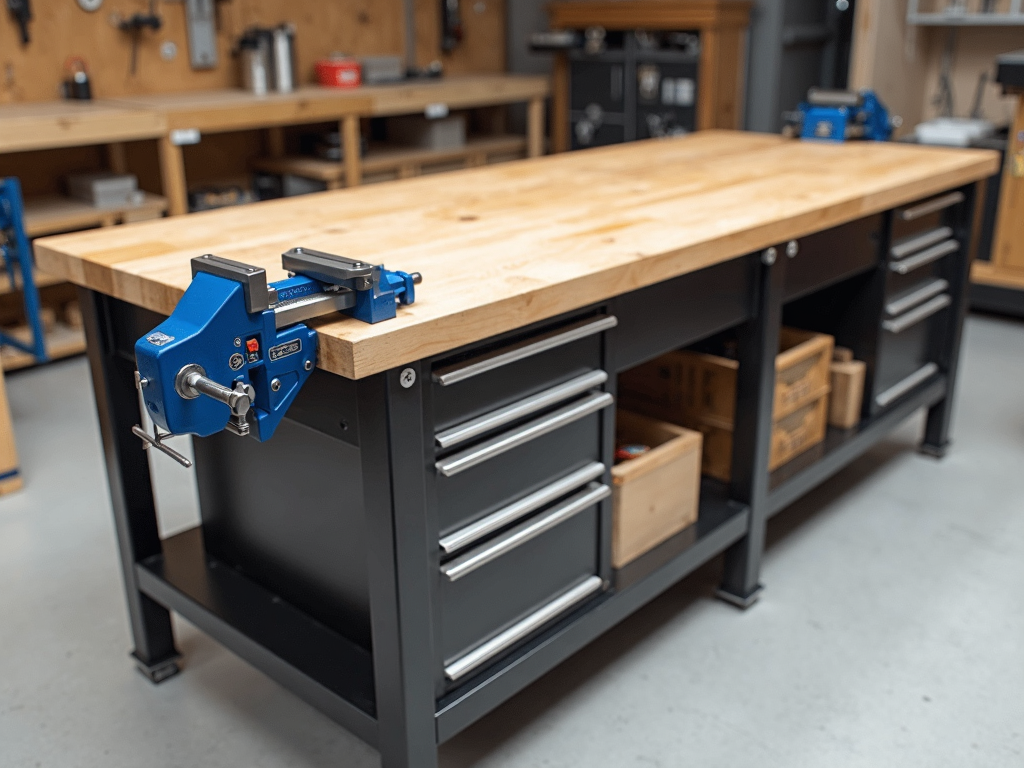
Essential Tools for Workbenches
A workbench is only as good as the tools it supports. Here are some essential tools that every workman should have in their toolbox:
-
Clamps and Vices: These are crucial for securing workpieces. A good vice can hold materials steady, allowing for precise cuts and assemblies.
-
Measuring Tools: Accurate measurements are key to successful projects. Tools like tape measures, rulers, and calipers are indispensable.
-
Cutting Tools: Saws, chisels, and knives are fundamental for shaping materials. Having a variety of cutting tools ensures versatility in tackling different tasks.
-
Fasteners and Adhesives: Screws, nails, and glues are necessary for joining materials. A well-stocked supply of these items is essential for any workshop.
-
Safety Gear: Safety should always be a priority. Items like goggles, gloves, and ear protection are must-haves to protect against workplace hazards.
Personal Insights
Having worked with various workbenches over the years, I've come to appreciate the nuances of each type. My first workbench was a simple wooden bench I built myself. It was sturdy and reliable, but it lacked the advanced features of modern designs. As I progressed in my craft, I invested in a metal workbench with adjustable height and integrated storage, which significantly improved my workflow. The ability to customize the bench to my specific needs made a world of difference.
One of the most memorable projects I undertook was building a custom workbench for a friend. We designed it together, incorporating features like a built-in router table and a pegboard for tool organization. The process was a testament to the importance of a well-designed workbench in enhancing productivity and creativity.
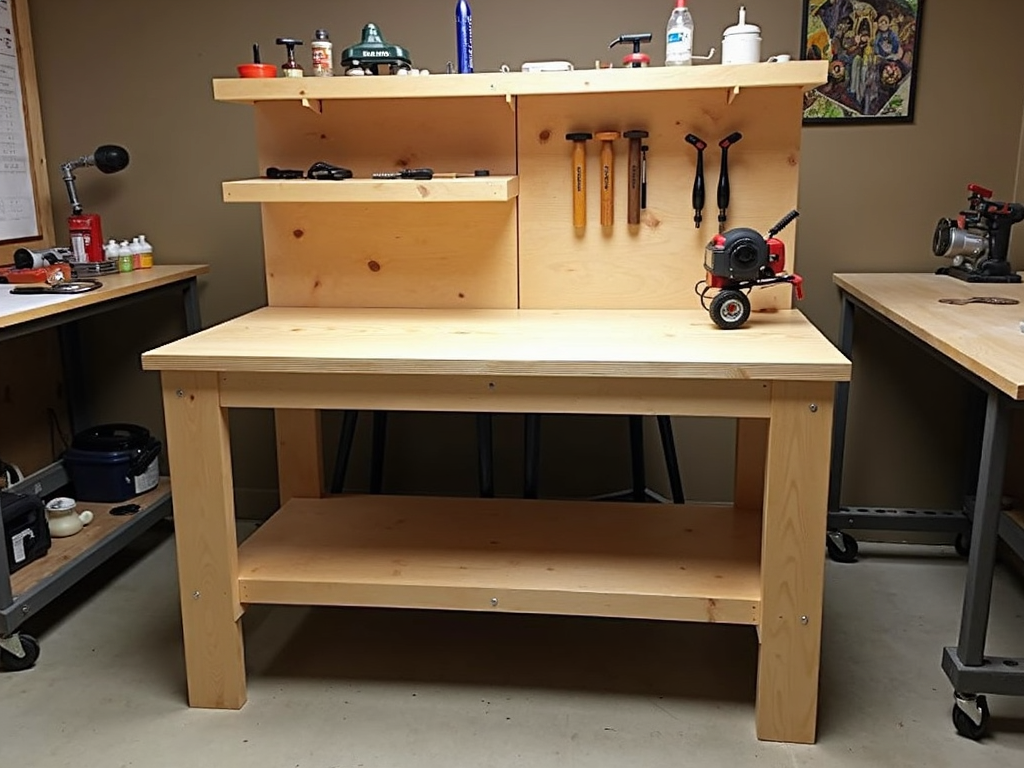
Future Trends in Workbench Design
As technology continues to advance, so too will workbench designs. Here are some trends to watch for:
-
Smart Workbenches: Integration of technology like digital measuring tools and augmented reality guides could revolutionize how we use workbenches.
-
Eco-Friendly Materials: With a growing emphasis on sustainability, expect to see more workbenches made from recycled or renewable materials.
-
Modular Designs: Modular workbenches that can be easily reconfigured for different tasks will become increasingly popular, offering flexibility and efficiency.
-
Ergonomic Innovations: Continued focus on ergonomics will lead to workbenches that reduce strain and improve comfort, especially for those who spend long hours at their benches.
Summary
Workbenches have come a long way from their humble beginnings. From basic wooden structures to advanced, ergonomic designs, they have evolved to meet the needs of craftsmen and hobbyists alike. Understanding the history, types, and essential tools associated with workbenches can help you choose the right one for your needs and enhance your crafting experience.
Related The Evolution of Workbenches: From Basic to Advanced Designs:
- Precision Tools for Every Craftsman: A Comprehensive Guide
- Safety Tips for Workshop Enthusiasts: A Comprehensive Guide
- Types of Hammers for Different Projects: A Comprehensive Guide
- A Guide to Preventing Work-Related Injuries with Ergonomic Tools
- Top 10 Power Tools Every DIYer Needs
- Guide to Extending the Life of Your Hand Tools
- Comprehensive Guide to Electrical Tools: Everything You Need to Know
- Understanding Different Types of Screwdrivers: A Comprehensive Guide
- Budget-Friendly Tool Sets for DIY Enthusiasts: Your Guide to Affordable Quality
- Top Construction Dangers and How to Dodge Them
- The Ultimate Guide to Workman Tools for Automotive Repair
- Top 10 Must-Have Tools for Every DIYer
